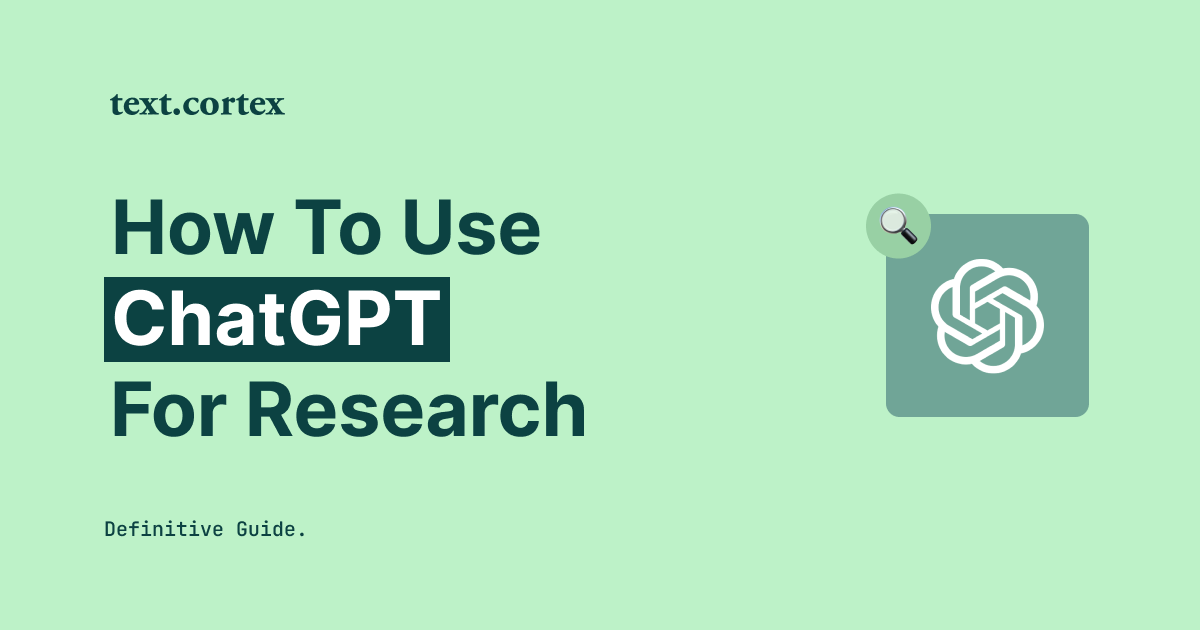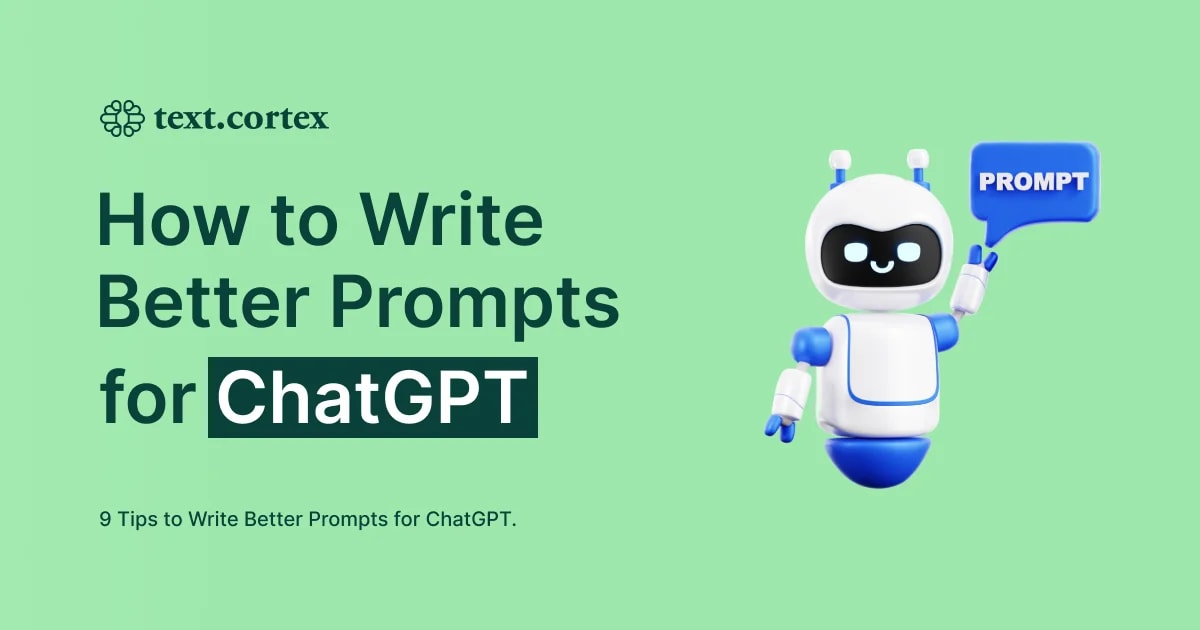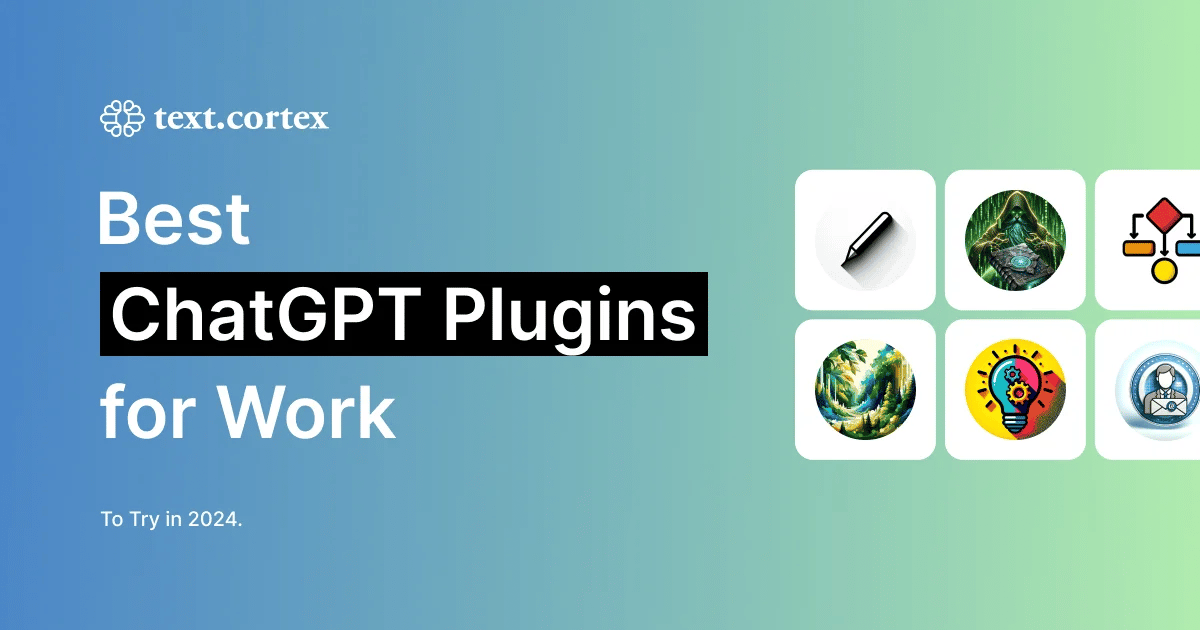Do you understand the most time-consuming aspect of copywriting and content writing?
It's researching!

To craft excellent content, writers need to gather pertinent information they can later shape into engaging pieces to attract readers.
This entails tasks such as analyzing competition (41%), researching the target audience (47%), optimizing content for SEO (46%), and updating existing content (42%), among others.
So, what exactly is involved in research, and how can you carry it out efficiently with the help of advanced AI assistants like ChatGPT?
Let’s find out!
What Does Researching Entail for Writers?
Research involves gathering information to create various written pieces, including articles, blog posts, essays, and more.
The research process typically encompasses the following steps:
- Defining the Research Question or Topic — Identifying the subject or question that needs to be explored.
- Reviewing Relevant Literature — Examining pertinent sources like books, articles, and interviews to gain insights and knowledge.
- Analyzing and Synthesizing Information — Breaking down and combining the collected information to generate a comprehensive understanding.
- Creating an Outline — Structuring and organizing the written work based on the research findings.
- Drafting, Revising, and Editing — Crafting the initial draft, then refining and polishing it to ensure accuracy and coherence.
The amount of time required for research can vary based on the level of complexity, sources used, and the intended purpose of writing.
However, thorough research pays out in the long run — it enables writers to establish the reliability and credibility of their work.
And, before we get into the specifics of how to use ChatGPT for research, let's take a peek at the benefits of including it in your workflow.
Benefits of Researching
Here are the most common benefits of including research into your content creation:
✔️ Credibility and Accuracy — Establishes the writer's authority on the subject and fosters audience trust.
✔️ In-Depth Understanding — Enables writers to present complex concepts clearly and relatable.
✔️ Audience Relevance — Aids in tailoring content to resonate with readers, increasing engagement and impact.
✔️ Unique Insights — In-depth research can uncover unique angles or perspectives on a subject.
✔️ SEO Optimization — Researching keywords, trends, and search intent helps writers optimize content for search engines, resulting in more organic traffic.
✔️ Effective Communication — Equips writers with the necessary information to convey complex ideas clearly and concisely.
✔️ Building Authority — Positions writers as experts in their field, enhancing their credibility and attracting a loyal readership.
✔️ Problem-Solving — Allows writers to address specific challenges or questions their audience might have.
✔️ Conversion Rates — In copywriting, research-driven content can persuade and influence readers, leading to higher conversion rates and better results for marketing campaigns.
How to Use ChatGPT for Research
1. Formulate Queries
When using ChatGPT for research, it's important to craft clear and concise queries that effectively communicate your research needs.
To do this, you should structure your questions or prompts to provide enough context for the model to understand and generate relevant responses.
Some tips for crafting effective queries include:
🎯 Being specific,
🎯 Using proper formatting, and
🎯 Defining your desired output.
This will help guide the model's output toward the information you seek.
However, writing effective prompts can be challenging, but doing so will improve the quality of the output you receive from ChatGPT.
For more information on how to write effective prompts and get the best results from ChatGPT, check out some of the following resources:
- Prompts for Conclusions
- Prompts for Teachers
- Prompts for Social Media
- Prompts for Translation
- Prompts for Midjourney
Example
Ineffective Query: "Tell me about climate change."
Effective Query: "Could you provide statistics on the increase in global average temperature over the past three decades and its correlation with greenhouse gas emissions?"
In the effective query, the context of seeking statistics and a specific time frame helps the model generate a focused response.
Providing details and parameters in your query enhances the chances of receiving accurate and relevant information.
2. Iterative Interaction
Iterative interaction with ChatGPT involves an ongoing exchange between you and the model, where you refine your queries and guide the model's responses to achieve more accurate and relevant information. This process typically involves multiple rounds of questioning, clarification, and redirection, allowing you to shape the conversation to obtain the desired insights iteratively.
💡 FYI — Iterative design is a common approach used in various fields and can be thought of as "practice makes perfect".
It involves continuously building, refining, and improving a project, product, or initiative through a cyclical approach.
By taking an iterative approach to interaction with ChatGPT, you can refine your queries and guide the model's responses toward more accurate and relevant information, improving the overall quality of the output.
Example
Round 1
✍️ You: "What are the main causes of air pollution?"
🤖 ChatGPT: "Air pollution is primarily caused by emissions from vehicles, industrial activities, and burning fossil fuels."
Round 2
✍️ You: "Could you provide more details on the impact of industrial activities as a cause of air pollution?"
🤖 ChatGPT: "Industrial activities release pollutants like particulate matter, sulfur dioxide, and volatile organic compounds, leading to smog formation and respiratory issues."
By refining your question in the second round, you prompt ChatGPT to provide more specific and detailed information about the impact of industrial activities on air pollution.
By using iterative interaction, you can guide the conversation to focus on the specific aspects of your research and improve the quality of the responses you receive.
3. Interpret and Verify
Interpreting and verifying the information provided by ChatGPT's responses is an important step in ensuring the accuracy and credibility of the information obtained.
This process involves critically assessing the information provided by ChatGPT and cross-referencing it with reliable sources or existing knowledge.
To verify the accuracy of the information provided, make sure to:
- Fact-check
- Review sources for bias
- Verifying the credibility of the sources
At the same time, interpreting the information provided by ChatGPT is also essential, as it allows you to understand the context and relevance of the data.
To properly evaluate a model, you must analyze its language and tone while also considering the larger context of the topic at hand..
Example
ChatGPT Response: "The moon is made of green cheese."
To verify this response, you would consult reputable sources such as scientific literature or space agencies, which confirm that the moon is not made of cheese.
Always exercise caution and critical thinking to validate the accuracy of the information provided by the ChatGPT model.
4. Explore Various Use Cases
ChatGPT has diverse use cases in various sectors. This includes:
- Personalized learning and language tutoring
- Automating customer service
- Creating intelligent chatbots
- Explaining complex subjects, writing, and debugging code
- And more
Exploring the various use cases of ChatGPT can help researchers experiment with different ways to leverage the model's capabilities to assist in their research.
Example
💡 Use Case 1: Literature Review Assistance
You can ask ChatGPT to summarize key findings from relevant research papers or articles related to your topic. This can help you quickly grasp the main points and trends in the field.
💡 Use Case 2: Idea Generation
Engage ChatGPT to brainstorm ideas for research topics, hypotheses, or methodologies. The model's creative responses might inspire new avenues for exploration.
💡 Use Case 3: Data Analysis Insights
If you have data, you can ask ChatGPT to help analyze trends, patterns, or correlations in the data, providing initial insights that you can further investigate.
💡 Use Case 4: Summarization
Utilize ChatGPT to generate concise summaries of lengthy texts, making reviewing a large volume of information easier.
By exploring these different use cases, you can maximize the utility of ChatGPT to cater to various stages of your research process and extract valuable insights in diverse ways.
5. Experiment and Adopt
Experimenting and adopting involve testing different approaches and adapting your strategy based on the effectiveness of using ChatGPT in your research process.
This iterative process allows you to refine your interaction techniques, question structures, and overall usage to optimize the outcomes you achieve.
Example
🔎 Experiment
You experiment with various prompts and question formats to understand how ChatGPT responds.
You try open-ended questions, specific queries, and even prompts that incorporate context from previous interactions.
✍️ Adopt
Based on your experimentation, you identify the most effective prompt styles and strategies that consistently yield accurate and relevant information from ChatGPT.
You adopt these successful techniques as part of your ongoing research approach.
To fully utilize the capabilities of ChatGPT and improve your research process, it is essential to continuously experiment with various methods and adopt the ones that yield the best results.
This way you can achieve your desired outcomes more effectively.
Drawbacks of Using ChatGPT for Research
Although ChatGPT can be helpful in research, it is vital to consider its limitations and drawbacks:
- Limited Context Understanding — ChatGPT may give inaccurate or irrelevant responses because it doesn't fully understand complex contexts beyond its training.
- Inaccurate or Unverified Information — It generates responses from patterns in training data, but it may include incorrect or unverified information. Always verify information independently.
- Lack of Domain Expertise — ChatGPT may not be proficient in certain specialized fields, resulting in less accurate and detailed responses in technical or niche domains.
- Generating Plausible-sounding but False Information — Plausible but inaccurate text can be generated by the model, so researchers should be careful when evaluating response validity.
- Bias and Sensitivity — ChatGPT may unintentionally reinforce biases or controversial views due to its training data.
- Absence of Citation — Its responses lack citations for sources, making verifying the accuracy or tracing information origin difficult.
- Ethical Concerns — AI-generated content that mimics human writing raises ethical concerns around plagiarism, authorship, and proper attribution..
- Limited Control over Outputs — ChatGPT may not always produce appropriate or coherent responses, affecting research quality.
Despite these limitations, using ChatGPT for the research process can expedite the search for pertinent information and significantly enhance writing efficiency.
Nevertheless, it's worth exploring an alternative approach that could provide more precise responses without compromising the quality of the output.
TextCortex ZenoChat — An Alternate Approach for More Accurate and Informative Research Results
TextCortex's ZenoChat is a valuable tool for researchers seeking to enhance their content creation process.
One standout feature of ZenoChat allows for incorporating web sources, offering a dynamic approach to generating responses.
This feature allows you to converse while researching, which helps you quickly find accurate answers to your queries.
It also provides sources for the data provided in the output, making your web research much faster.
The procedure is simple: formulate your prompt, select a persona, and activate the web search option.
Furthermore, the ZenoChat add-on facilitates proficiency across 25+ languages, offering the ability to:
- Rewrite content
- Enhance contextual rephrasing
- Summarize content
- Modify tone of voice
- Perform bulk translation
- Correct grammar and spelling errors
- Verify the readability of content
- Generate personalized responses
- Transform concise ideas into compelling articles
- Tailor any content form using 60+ AI templates
In addition, the TextCortex AI solution is compatible with over 2000 popular platforms, allowing you to easily incorporate a conversational approach into your research and writing tasks for increased convenience and efficiency.
So why wait?
Sign up for TextCortex today to elevate your discoveries, supercharge your writing process, and redefine your overall content creation approach. 🚀




%20(3).png)
